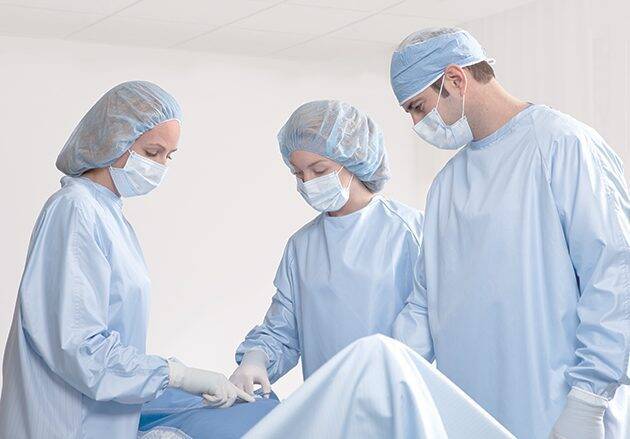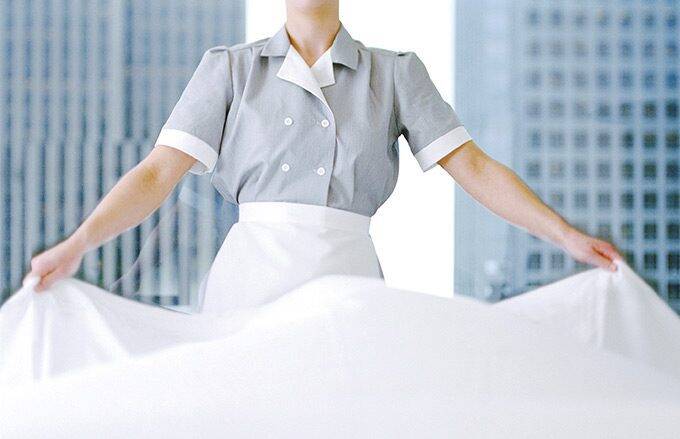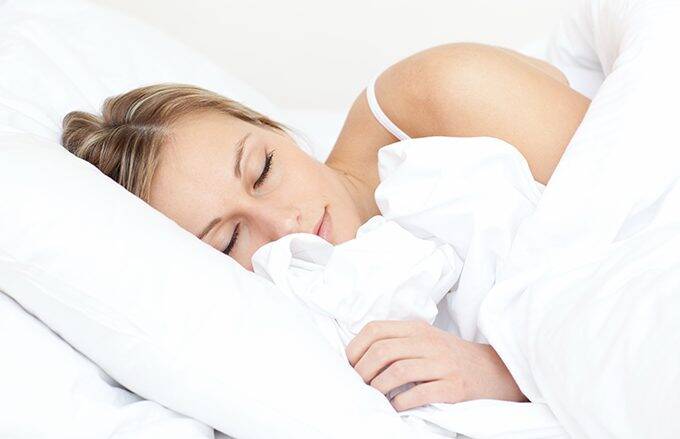May 7, 2020
Processing Tips for PPE

Personal Protective Equipment (PPE) is an important topic. While any type of PPE alone cannot provide guaranteed protection from disease (handwashing, general hygiene, and stringent cleaning and disinfection practices also play critical roles), PPE textiles are increasingly being used in hospitality settings and home health care to minimize risk of infection. Reusable cloth face masks have also become part of many people’s daily lives to help slow the spread of COVID-19.
At Standard Textile, companies, institutions, and individuals from healthcare to hospitality and beyond have reached out for guidance on how to process and manage reusable PPE. Our experienced technical affairs team developed recommendations for how to handle and process PPE, especially in industries such as hospitality where their use is likely to be mandated. Peg Fox, National Director of Surgical Services and SurgiTex® shares, “We anticipate growth for reusable isolation and surgical gowns as the pandemic has exposed the vulnerabilities of disposables products and the fragility of that supply chain.”
The Role of PPE
In healthcare settings, PPE is manufactured according to the FDA’s standards to provide spray/spattering protection, hydrostatic resistance, filtration efficiency and strength. Protection can vary based on intended use and for some products classification levels have been established. With a healthcare PPE gown, for example, the protection claims can range from a Level 1 (lowest level) to a Level 4 (highest level).
Properties of PPE
Manufacturers of both reusable PPE and disposables impart liquid resistant properties to the PPE by use of fluoropolymer finishes, coatings, or laminations using membranes for higher levels of protection. The majority of reusable PPE fabrics use polyester, cotton, or a blend. Filament polyester yarns are a preference for healthcare institutions’ PPE whereas general use products are normally made from spun yarns. This is due to polyester’s hydrophobic nature and durability to the rigors of institutional laundering.
How to Launder PPE
Outside of the healthcare space, many have questions on how to properly launder PPE. Soiled healthcare textiles, especially PPE used in hospitals where medical devices are required (including surgical gowns, isolation gowns, etc.), must be processed by a professional healthcare laundry
The Centers for Disease Control has identified two conditions that each independently can render soiled healthcare linen safe for reuse: washing at 160⁰F for 25 minutes or the use of chlorine bleach. Note that the maximum temperature set on most residential water heaters is less than 140⁰F.
In hotel or home settings, please follow these best practices for handling and washing PPE linens, such as cloth face masks or cover gowns:
- Keep yourself safe when handling all soiled linen. If it is not yours, assume it may contain a hazard and take precautions to protect one’s hands and face when handling the linen.
- Launder used gowns or face masks as soon as possible after use. Launder daily for personal use, after individual use, or immediately after being soiled. This will maintain the best performance and life.
- Do not overload washing equipment.
- Do not mix the types of products being washed at one time.
- Do not overuse detergent and select a wash cycle with multiple rinses which meets the manufacturer’s care labeling instructions.
- Hang or fold gowns immediately after drying cycle is complete.
Download printable resource outlining PPE Laundering Recommendations
If you have additional questions about processing PPE, please contact us.
Related Content

PPE Available and In-Stock Now
As Covid-19 continues to present challenges and cases are on the rise in the U.S., so is hospital and ambulatory center demand in personal protective equipment (PPE).

Housekeeping Tips: How to Make Hotel Beds Faster
Any opportunity to speed up the housekeeping process and make the life of a housekeeper easier is a welcome improvement. That’s why today’s housekeeping tips center around one of the most significant tasks for housekeepers – how to make hotel beds faster.

4 Tips for Sleep Awareness Week 2023
In celebration of the National Sleep Foundation’s Sleep Awareness Week®, we wanted to share our top 4 tips to help encourage and contribute to your guests’ healthy sleep.